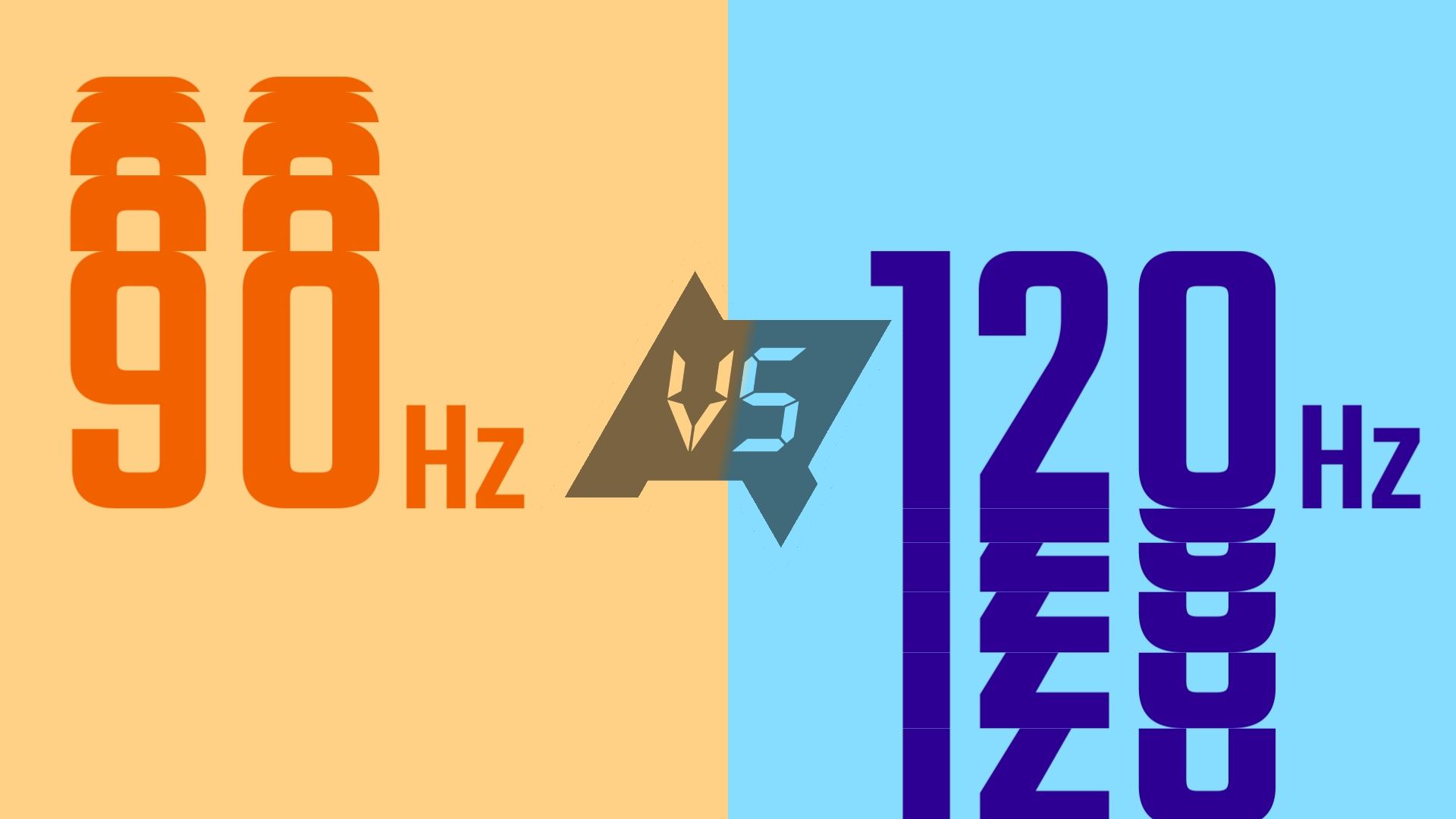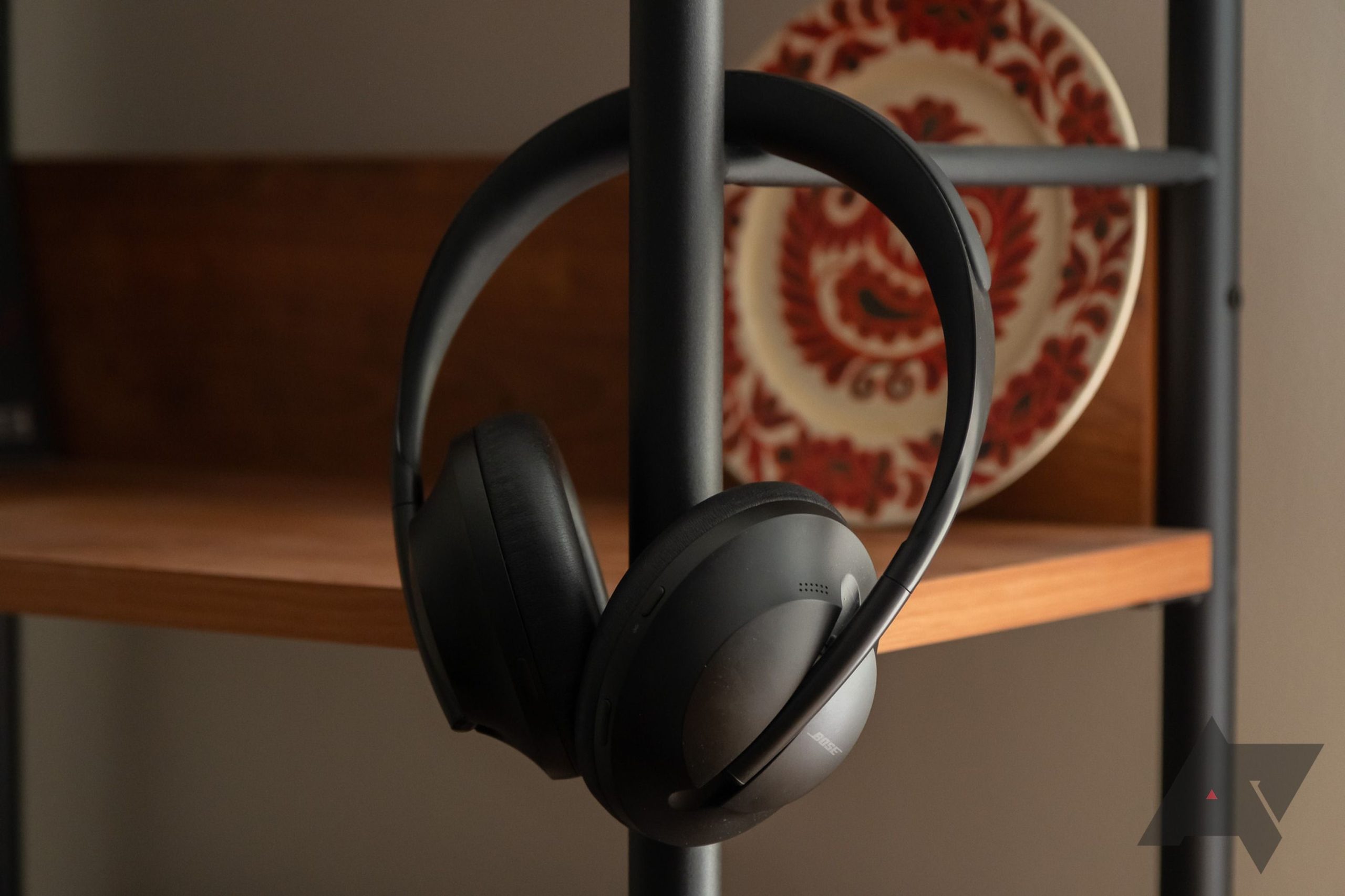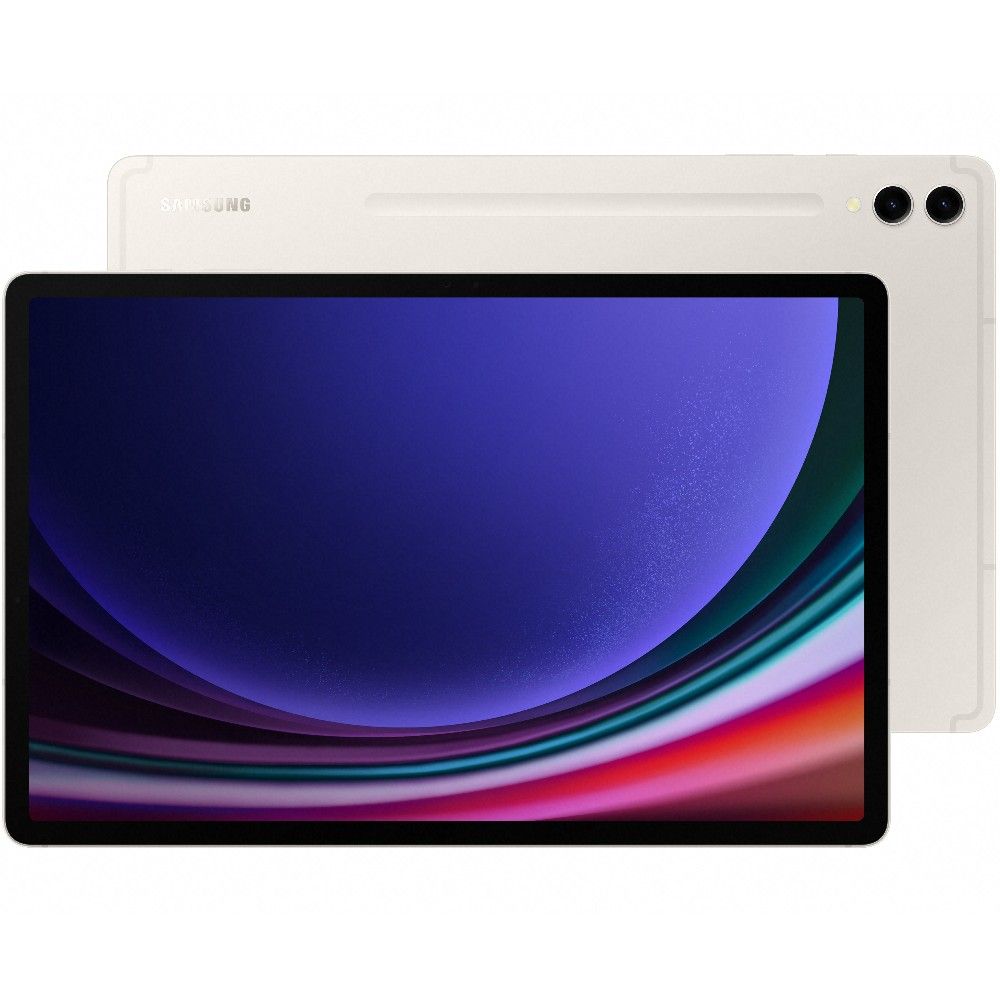Android phones with excessive refresh rate displays bear become common. Even about a of our popular finances phones now aim a 90Hz or 120Hz portray. And about a of the supreme gaming phones ship with a 144Hz refresh rate portray. Nonetheless what exactly is a portray’s refresh rate? And how does it relieve you in every single day spend? Is a portray with a 120Hz refresh rate greater than one with a 90Hz?
The refresh rate is maybe the most noticeable alternate a producer can originate to a tool’s portray, however they play the numbers game to uncover extra items out the door. It is vital to grab when and why it matters so that you know whether or no longer spending extra on a tool with a excessive refresh rate portray is price it or no longer.
The portray refresh rate affects every aspect of a tool’s individual interface, from texting and total productiveness to video games and the camera interface. It is vital to grab what these numbers are and after they subject since many contributors could maybe neutral no longer want a 120Hz or elevated portray.
Refresh rates: The basics
Earlier than you’ll want to realize the benefits of a excessive refresh rate portray, that it is doubtless you’ll wish to possess how a portray works. Electronic displays originate no longer work the identical methodology as the human peer. The image on a conceal conceal is rarely spirited. As an alternative, they portray a sequence of photos at diversified facets of motion. This simulates serene motion by tricking our brains to bear within the itsy-bitsy blanks between static photos.
As a reference, most film productions spend 24 frames per 2d (FPS), while TV productions spend 30 FPS within the U.S. (and other countries with 60Hz energy grids or NTSC broadcast methods) and 25 FPS within the U.Okay. (and other countries with 50Hz energy grids or PAL broadcast methods).
Though most movies are filmed in 24p (aka 24 frames per 2d), the common changed into as soon as at the birth adopted as a consequence of fee constraints. Quiet, 24p changed into as soon as opinion to be the bottom refresh rate that supplied serene motion. Many filmmakers proceed to spend the 24p common as a consequence of its cinematic witness and feel. Tv presentations are usually shot in 30p, and the frames are doubled (one scheme is called pull-down) for 60HZ televisions. The identical holds correct for showing 25p boom on a 50Hz portray. The conversion is extra complex for 24p boom. A technique called 3:2 pull-down interlaces frames to stretch them out to match the 25 or 30 FPS purpose.
Taking video in 50p or 60p has become extra total on video streaming platforms admire YouTube. The underside line is that until you would be staring at or editing excessive refresh rate boom, you received’t need one thing above 60 FPS. That being talked about, as excessive refresh rate displays enter the mainstream, excessive refresh rate boom will moreover become extra standard. They’re in particular vital for sports broadcasts since ruin up-2d motions are relevant to viewers in some eventualities.
The refresh rate is measured in Hertz (Hz), which signifies how over and over a brand novel image is shown per 2d. Movies are in total recorded at 24 FPS on story of it is the minimum frame rate to recount serene motion. That being talked about, updating the image extra frequently permits snappily motion to seem smoother. The adaptation is supreme illustrated by the Blur Busters UFO Take a look at.
Nonetheless there is a net to recording excessive refresh rate boom. You can need extra light when recording movies at 60 FPS or elevated. This is why slack-motion movies taken at 120 FPS or elevated seem pretty darker than a fashioned 30 FPS video. This is never any longer a colossal recount in a studio or a production ambiance utilizing colossal cameras. Nonetheless that it is doubtless you’ll must possess this in thoughts when recording movies from your smartphone, in particular in low-light stipulations.
The extra frames a video accommodates, the larger the file dimension will be. So, free up storage aim on your Android cell phone outdated to recording 4K 60 FPS movies.
What is a smartphone’s portray refresh rate?
Smartphone refresh rates vary between 60Hz, 90Hz, 120Hz, 144Hz, and not more usually 240Hz. The most total excessive-refresh chance is 120Hz, with 60Hz being the common for a in actual fact lengthy time. The 60Hz portray panels are largely learned in low-damage Android phones, with the iPhone 13 and iPhone 14 sequence being the supreme notable phones priced above $500 to ship with 60Hz panels.
On most phones with a excessive refresh rate portray, you’ll want to regulate the portray smoothness from the Settings menu. On some older phones, switching to 120Hz mode reduces the portray resolution from 1440p to 1080p. This is now no longer the case, with the likes of the Samsung Galaxy S23 Ultra and Google Pixel 7 Legit in a position to riding their displays at WQHD+ resolution at 120Hz.
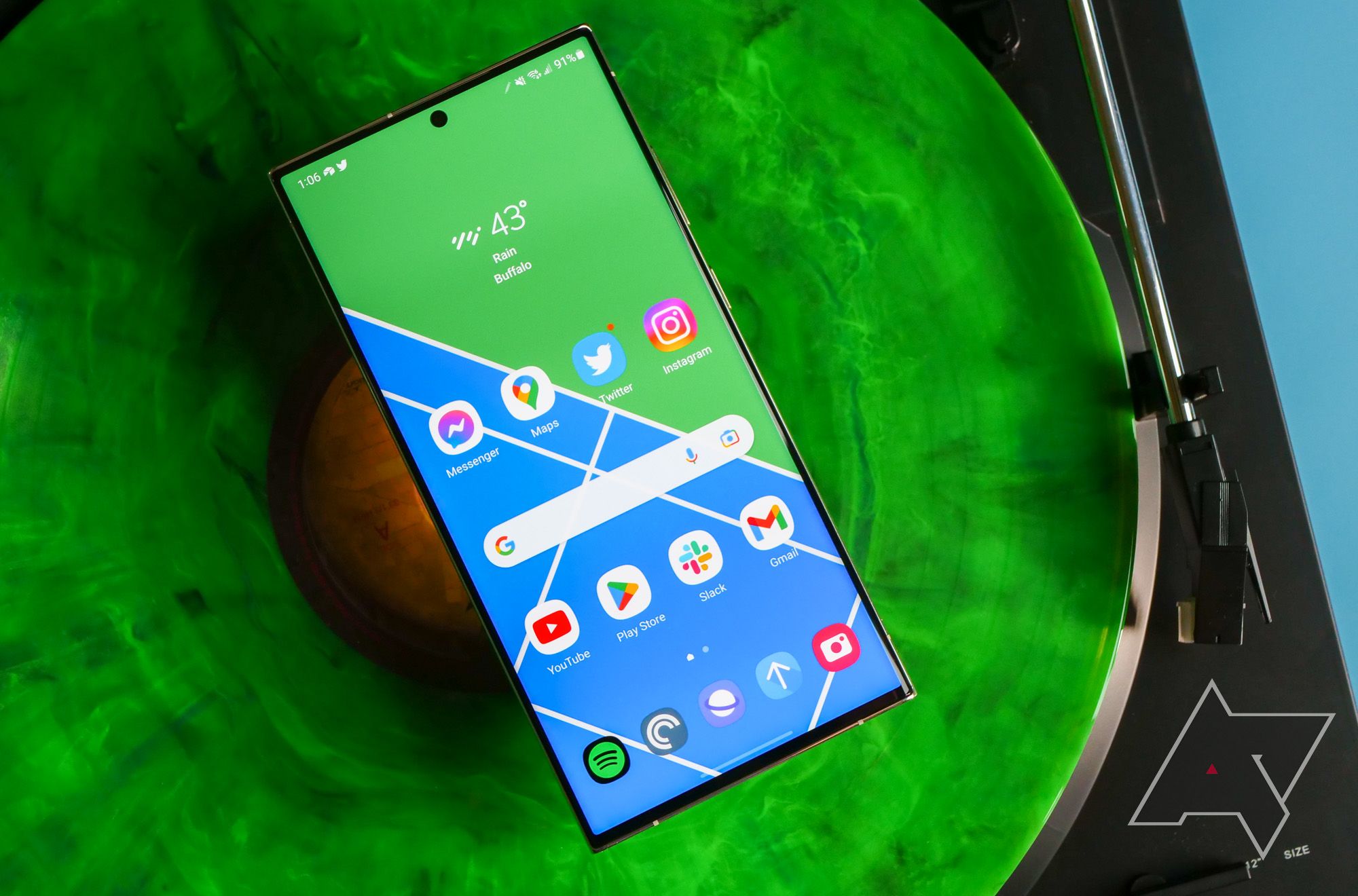
You can uncover phones with 144Hz, 165Hz, or elevated refresh rate panels. Alternatively, there are diminishing returns after 120Hz, and you would be no longer going to imprint the relieve.
When excessive refresh rate displays first debuted on smartphones, they refreshed at 90Hz or 120Hz constantly. This changed into as soon as undesirable and led these phones to supply unhappy battery life, as the GPU constantly refreshed the portray even when it wasn’t wanted. Alternatively, that’s now no longer the case.
What is an adaptive refresh rate?
A excessive refresh rate is effective while scrolling by lists, taking part in video games optimized for such refresh rates, and staring at HFR (excessive frame rate) boom. Otherwise, it makes runt sense to constantly refresh a portray at 120Hz because it puts extra load on the system and causes battery drain. With LTPO (low-temperature polycrystalline oxide) and other technological improvements, excessive refresh rate smartphone displays regulate their refresh rate on the wing reckoning on the boom you would be viewing.
The instantaneous most attention-grabbing thing about here is healthier battery life, as the portray can drop the refresh rate to as runt as 10Hz while exhibiting static boom to minimize energy design. Nonetheless the listing of phones that can perchance sever again their portray’s refresh rate to 10Hz is small. Phones admire the Samsung Galaxy S23+, Google Pixel 7 Legit, and the OnePlus 11 can trail as runt as 10Hz.
Adaptive refresh rate comes in handy on story of each person uses their devices in every other case. Some customers play extra video games, while others spend their devices to text, browse the get, or query movies. These diversified spend conditions bear diversified demands. Excessive refresh rates come up with a competitive edge in video games by lowering system latency.
Movies, alternatively, bear a static frame rate, and text could maybe also be static for lengthy durations. The usage of a excessive refresh rate mode while viewing a 30FPS video could maybe be senseless since the video can not portray one thing above 30Hz. You would possibly want to maybe maybe no longer add recordsdata that would not exist.
What are the pros of excessive refresh rate displays on phones?
The benefits of utilizing a excessive refresh rate portray are hundreds of, even in total spend. Animations admire scrolling or opening and shutting windows seem smoother, and apps feel snappier to spend. The improved fluidity of animations and UI parts makes interacting along with your cell phone feel extra pure.
In terms of gaming, the advantages are noteworthy extra relevant. They could maybe perchance neutral provide a competitive edge by allowing you to react like a flash to events. You receive updated recordsdata about the gameplay extra frequently than on a fashioned 60Hz conceal conceal.
There just will not be any going encourage whenever you spend a smartphone with a excessive refresh rate portray. You would possibly want to procure animations on a fashioned 60Hz cell phone jittery and unnatural. It is a form of damage-individual upgrades that improves the expertise.
What are the cons of excessive refresh rate displays on phones?
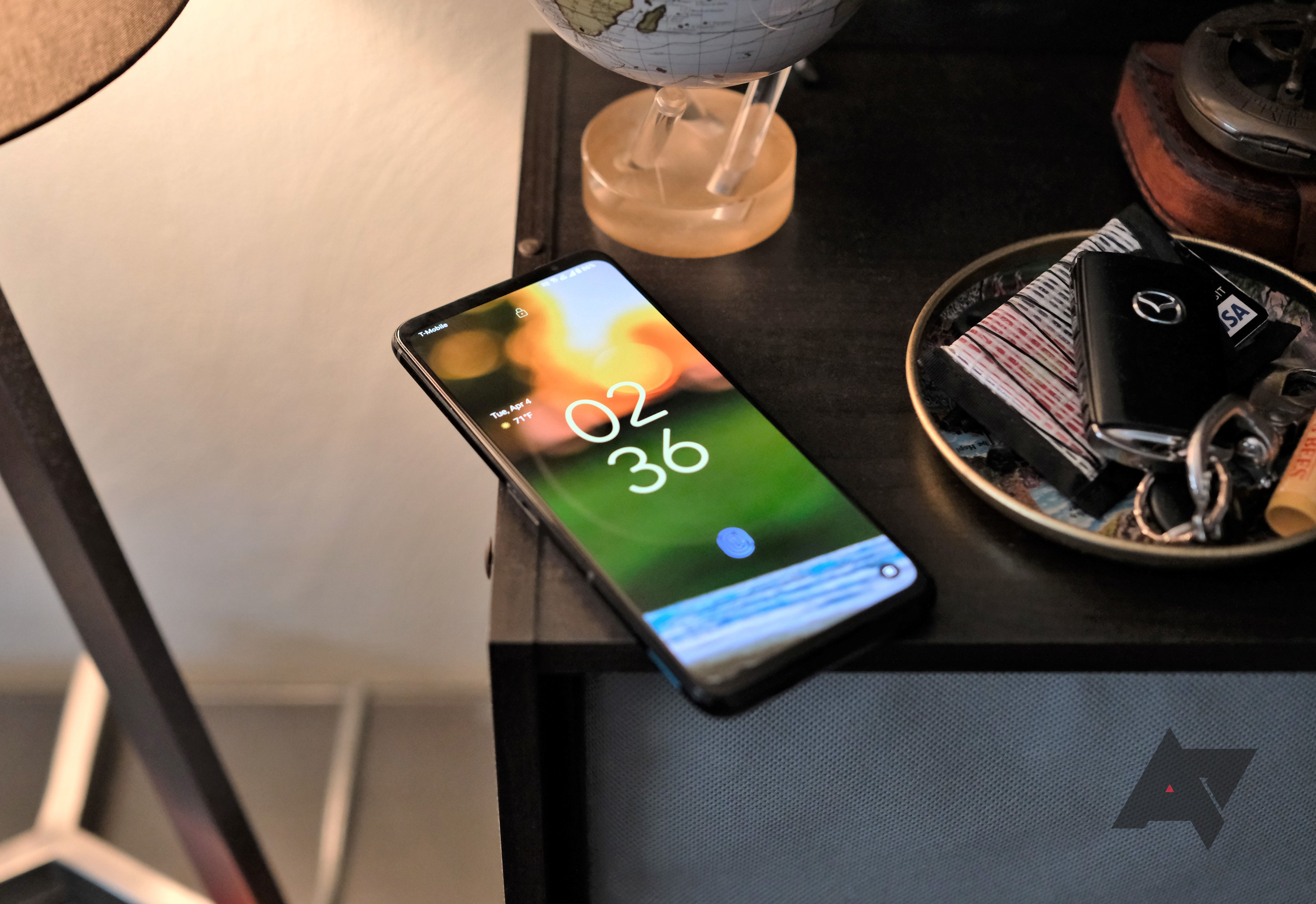
Excessive refresh rate monitors are no longer with out disorders. The finest recount is they cause extra battery drain, that can perchance maybe neutral sever again your cell phone’s battery life by about a hours. A portray uses energy when exhibiting an image. Every time it updates the image, pretty of extra energy is ancient. This enlarge in energy design potential displays with mounted excessive refresh rates could maybe neutral consequence in unhappy battery life.
This is now no longer as colossal of a deal as a consequence of variable refresh rates and other effectivity improvements in OLED panels. They’re now as energy efficient (or noteworthy extra) than a 60Hz OLED panel. Whereas a portray consumes extra energy at 120Hz, the amount of time the conceal conceal needs to refresh boom 120 times per 2d is comparatively low. Plus, the panel can drop the refresh rate to lower than 60Hz on every occasion that you’ll want to imagine to minimize energy consumption.
Excessive refresh rates put extra stress on the processing hardware of your tool. As the chips powering the latest smartphones bear become extra necessary, here is less of a disaster. More importantly, a excessive refresh rate portray requires tool producers to optimize their phones and UI animations. Otherwise, jitters are visible when navigating by the UI.
The elevated the refresh rate, the less time a portray has to refresh the on-conceal conceal boom. On a 60Hz portray, boom is refreshed at 16.6ms. At 120Hz, here is diminished to 8.3ms.
The predominant space of Android phones that shipped with excessive refresh rate panels made customers resolve between 120Hz at 1080p and 60Hz at 1440p. This changed into as soon as executed within the tool, and customers can switch between the two and resolve within the occasion that they desire a elevated resolution or refresh rate. Corporations took this methodology to bring a steadiness between efficiency and battery life. This is now no longer a field, and that it is doubtless you’ll alternate the refresh rate as you admire.
A excessive refresh rate portray is unbelievable in a cell phone, however it is no longer the supreme specification to take into story. Even a 120Hz portray can bear unhappy brightness, colour reproduction, or response rates. These can negatively affect the person expertise, so taking a witness at portray panels as a total is very important reasonably than focusing on most attention-grabbing one specification.
As the technology on the encourage of excessive refresh rate displays has matured, most of their previous disorders are no longer any longer a field. More recent-gen panels bear all however mitigated the elevated energy design, unhappy brightness, and jelly scrolling disorders. Such panels are essentially ancient in top class and flagship Android phones, however it could maybe perchance maybe neutral nonetheless most attention-grabbing be a subject of time outdated to they originate their methodology to mid-vary Android phones.
Must nonetheless you care about excessive refresh rate displays on phones?
Better refresh rate displays on phones provide a visible enchancment you can not ignore. No surprise they bear got seen quick adoption from Android cell phone producers in latest years. Alternatively, this would not suggest 60Hz displays are execrable or bear become beside the level. They’re nonetheless in a position to handing over a serene expertise.
When you happen to play Android video games with excessive-framerate make stronger or are a energy individual, aquire a cell phone with a excessive refresh rate portray, as you’ll imprint the advantages true now. Even in every other case, shopping for an Android cell phone with a 60Hz refresh rate could maybe be complex since nearly all tool producers bear switched to it.

